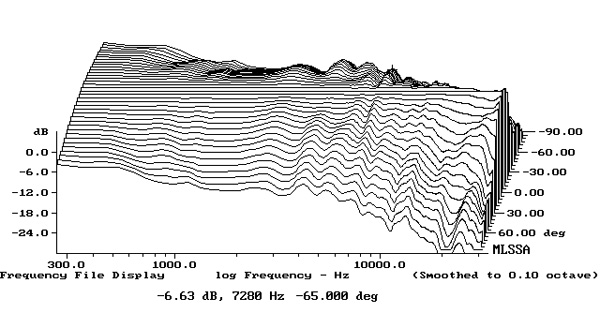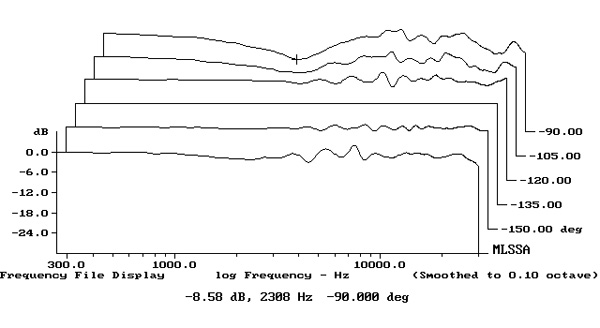Well, it seems Q Acoustics/Mr Fink does not care much about directivity, as the symmetrical midwoofer<>tweeter<>midwoofer it flawed by design (as a 2-way, vertical lobbing). But instead they focus on cabinet and drivers, like most "high end" brands. That speaker might sound not bad, but I would not call that evidence-based design.
It seems you haven't actually read their Concept 500 white paper I linked, in which they have a whole page on the importance of good dispersion characteristics, with measurements. Stereophile's measurements also show this evenly controlled dispersion, both horizontal and vertical. And it's a 2.5-way design, not 2-way. They're not exclusively a 'high-end' brand either, with products for every price range, starting at around $200 a pair for their 3010 and 3020 models, which have been given pretty much universal acclaim as great budget stand-mounters.
What needs to be understood is that companies like these are making mass-market products to home users, the majority of whom have no idea what things like directivity/dispersion are, and unfortunately these are not 'sexy' selling points to most people. It is the marketing departments of these companies who choose what to prioritize in their press releases / white papers / advertisements, and this is often not an accurate reflection of the priorities of the engineers who actually designed the speakers. It's quite obvious from measurements that Q Acoustics' speakers adhere to the fundamental evidence-based principles of good speaker design. Just because they also carefully consider less important aspects of the design (which are inflated by marketing), does not mean they're ignoring the more fundamental principles and should be overlooked as offering solid evidence-based speaker designs to the mass market.
Last edited:



